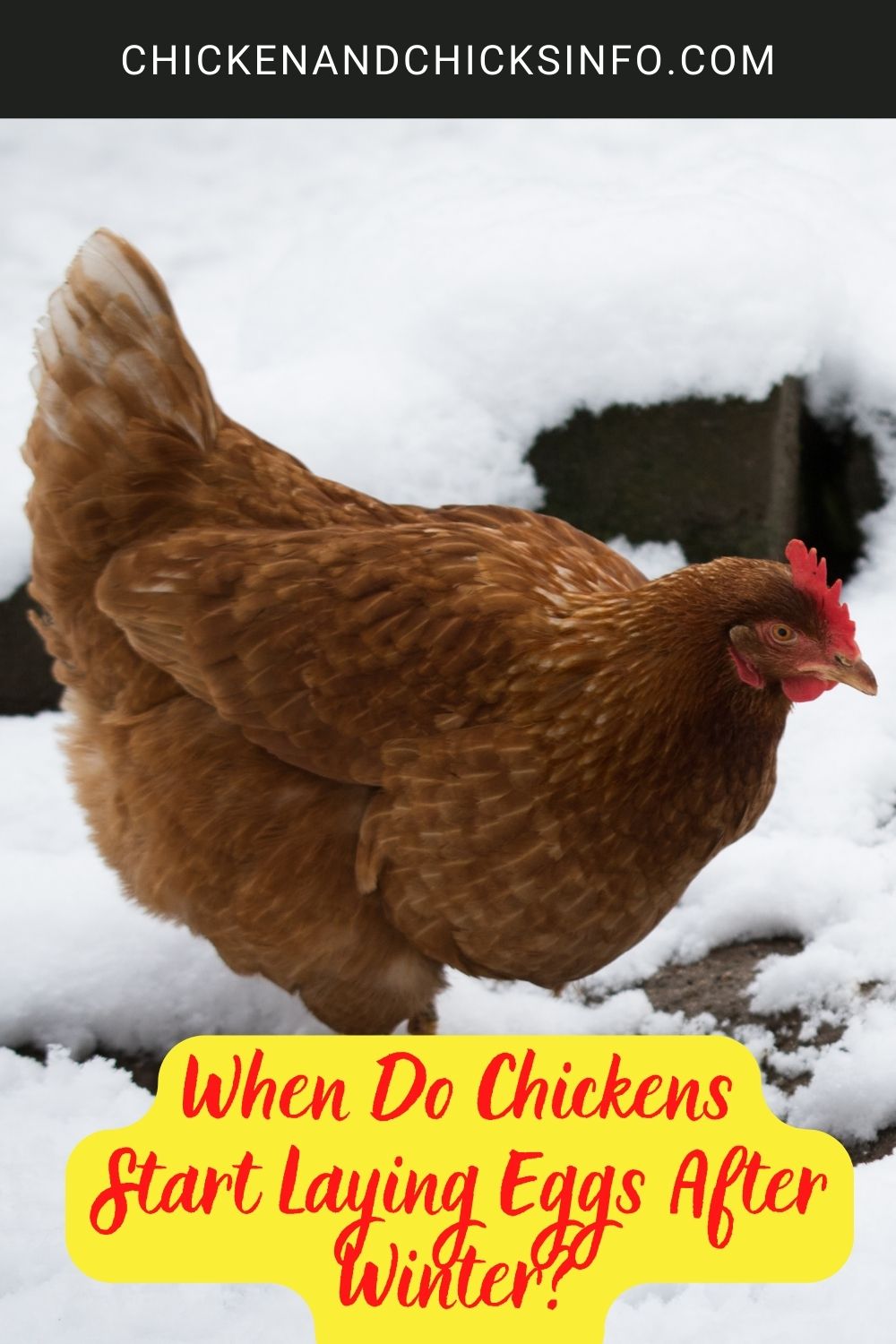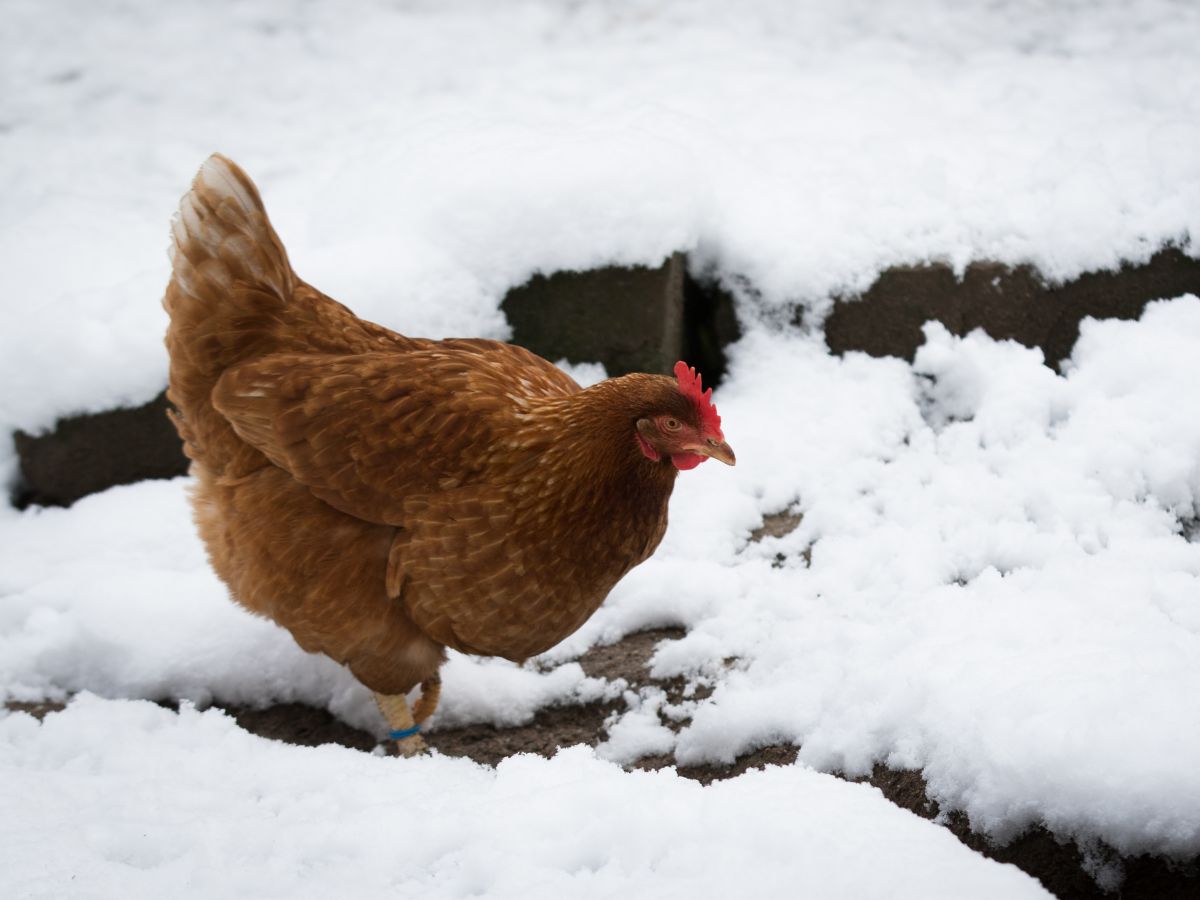
If you’ve kept backyard chickens for a year or so you’ll know that chickens stop laying eggs during the winter. Or at least, they lay a lot less frequently.
They can be anxious months if you rely on your hen’s eggs. While it’s nature, for the most part, there are some things you can do to stimulate egg laying again.
Jump to:
Why Do Chickens Stop Laying Eggs in the Winter?
The reason why most chickens stop laying eggs in the winter is that one of the main cues for them laying an egg is sunlight and the number of hours light in a day.
Chickens have a pineal gland, much like we do, located in their brain. This gland is responsible for triggering their reproductive cycle to start. Which is does based on how much sunlight they are exposed to.
Hens need around 12 hours of light a day - which can be daylight or artificial light - to start laying.
They lay their best when they have 14-16 hours of good sunlight a day. Which is why it’s no coincidence that hens lay best in the long summer days, and stop laying when the short sunlight hours draw in over winter.
When Do Chickens Start Laying Eggs After Winter?
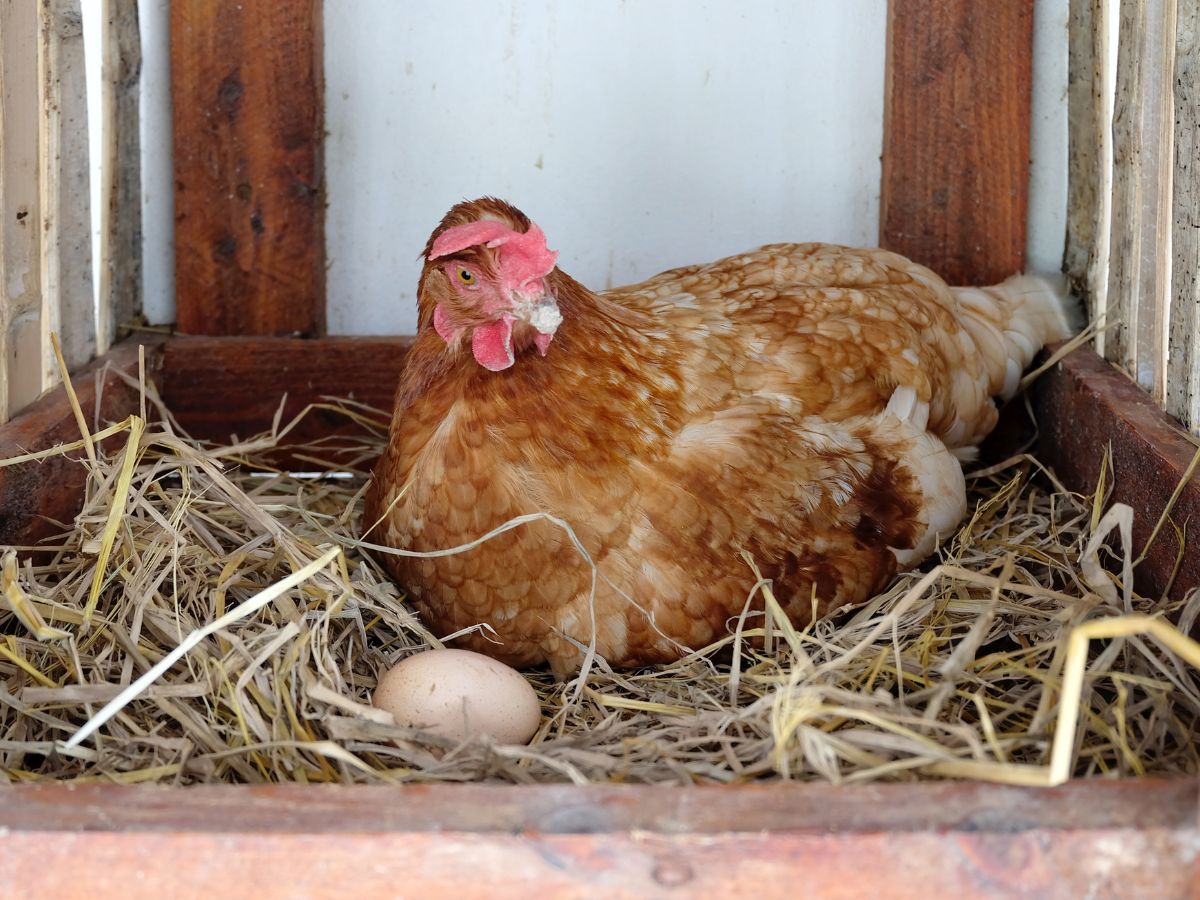
As I explained above, it’s not the weather, time of year, or temperature that affects when and how often chickens lay eggs.
It’s the number of sunlight hours in a day.
Hens need at least 12 hours of sunlight to start producing eggs. The dates that you experience this many hours of sunlight a day will vary depending on where you live.
For example, if you’re in the U.S. midwest there is a good chance your hens will start laying early February. This is around halfway between the spring equinox and winter solstice and you should be experiencing around 12 hours of natural light.
How Do I Keep My Chickens Laying in the Winter?
If you want to keep a constant supply of eggs throughout the winter, you have a couple of options;
The first is to keep some “winter layers” in your backyard flock. Some breeds are known to be much better at laying with less light during the winter months.
Check out Wyandottes, Chanteclers, and Brahmas as a starting point. It’s worth talking with an expert at an online hatchery like Cackle Hatchery for further advice too.
Your other option is to provide artificial light to “trick” your hens into thinking they’re experiencing long days.
There’s nothing wrong with doing this, and it’s normal practice for businesses during winter. I mean, think about it, the supermarket shelves aren’t empty of eggs during the winter, are they?
In a small coop, all you need to do is suspend a 40-watt bulb from the ceiling. Set it on a timer to be on for 14 hours a day, or the hours when it’s not light outside and your hens are in their coop.
The key thing to remember is to keep a good routine so your chickens can fall into a consistent laying schedule. And, only provide 14 hours of light a day.
Chickens need a good night’s sleep to keep in tip-top egg-laying shape too.
How Do I Get My Chickens to Start Laying Again?
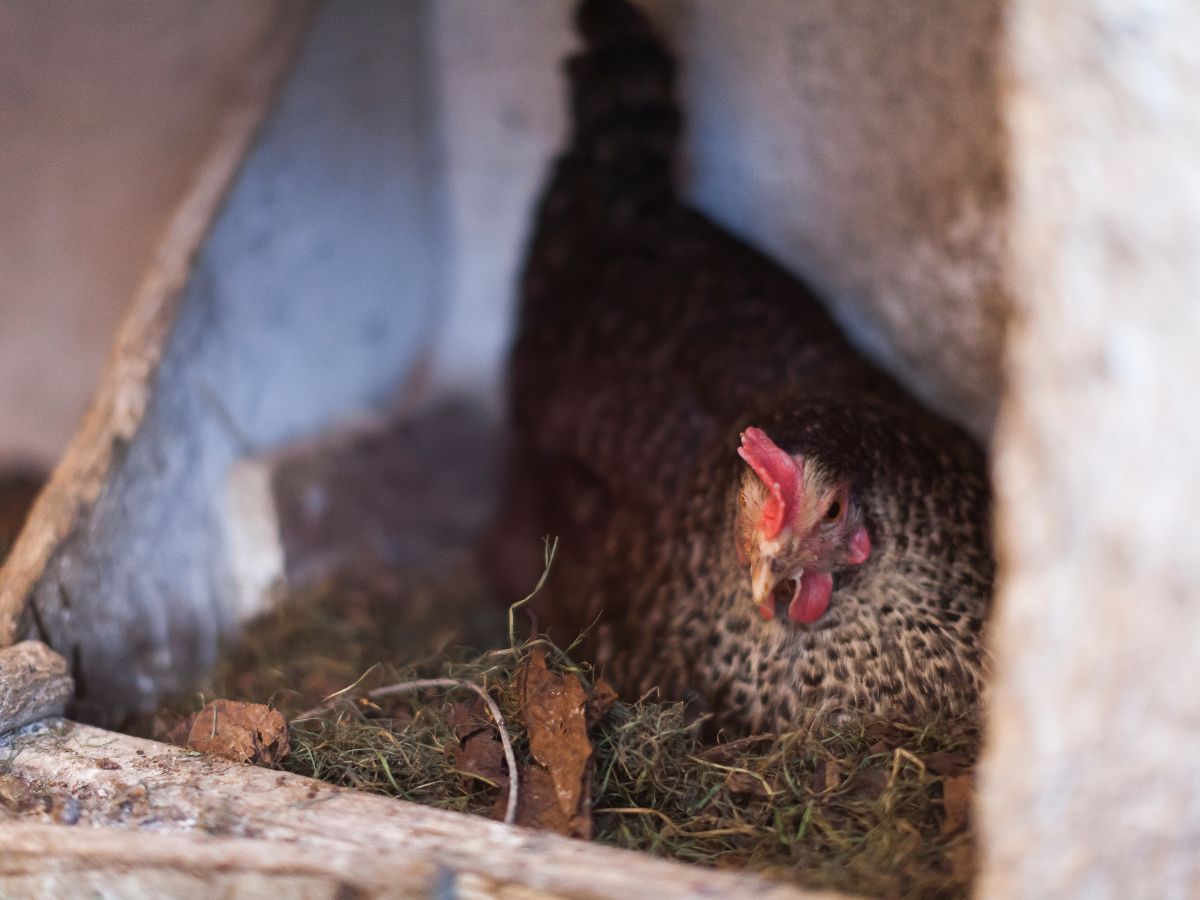
It doesn’t hurt to help your chickens laying sooner after winter by making sure all their needs are met.
Here are some of the basics to ensure your chickens are able to lay their largest eggs on the most regular basis:
Calcium Supplements
A laying hen requires 4-5 grams of calcium a day to produce an eggshell. If they’re not getting this from their feed, they aren’t going to be able to produce regular eggs.
It doesn’t hurt to supplement their diet with some extra calcium when you want regular eggs. The best way to do this is to actually crush up eggshells and feed this back to hens. Alternatively, you can use oyster shells.
You can read about calcium-rich chicken grit here.
Provide a Stress-Free Environment
Chickens are affected by stress in a big way. If their conditions are cramped, they feel like there are predators or other threats, inter-flock issues, or anything else causing unrest they’ll stop laying.
Make sure you have enough nesting boxes per chicken, plenty of space for them to roam around, their coop is clean, and you’re doing everything else to ensure they are happy and healthy.
Fresh Drinking Water (And Maybe a Little ACV)
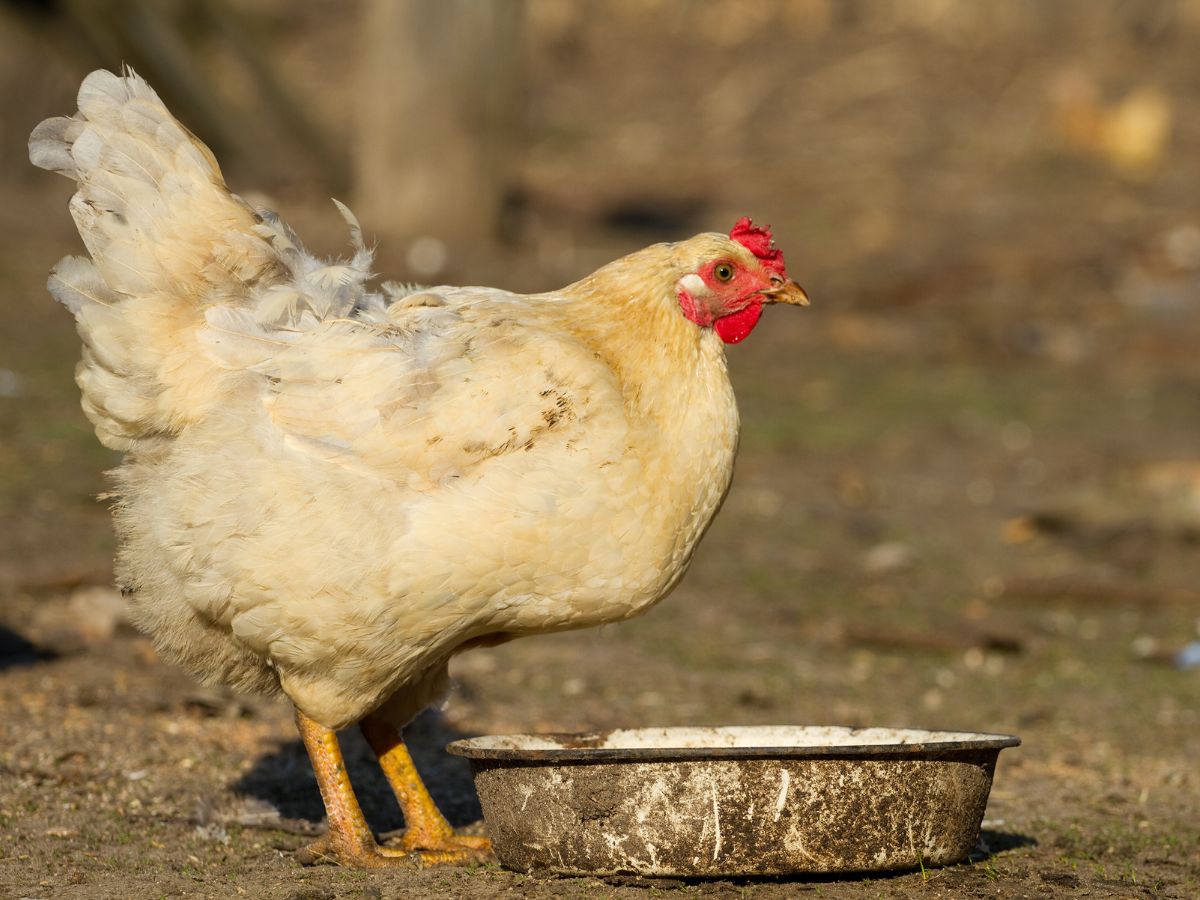
Fresh drinking water is important for laying chickens. They should have access to water at all times, and you should put out clean water daily, wash out their waterer, etc.
If you’ve never looked into the benefits of apple cider vinegar, I recommend doing so. I wrote about some of the benefits of apple cider vinegar for chickens in this post.
Provide Quality Layer Feed
Once chickens start laying at around 20 weeks of age you should switch over to a layer feed. Layer feeds are formulated to provide all the nutrition a laying hen needs.
It’s just as important you start giving your hen’s layer feed after winter when you want them to start laying again.
Give Them a Health Check
If you’re providing all the right nutrition, water, and extra supplements as discussed. Your chickens have optimal living conditions, and they are stress-free, the only other thing to do is ensure they are healthy.
Give their coop a good inspection for mites. Red mites like to hide out in cracks and crevices in the wood and come out at night. There are various worms that can infest your flock too that’ll have an impact on egg production.
Related content - Ways to deal with red mites in your chicken’s coop. How to use Valbazen for chickens.
In Summary
If you’re waiting eagerly for your chickens to start laying again after winter, you’re going to have to wait until they start seeing at least 12 hours of daylight a day.
I covered a number of things laying hens need to produce regular eggs, and light is essential.
If you can’t wait any longer, you can use artificial light as I also covered above. Otherwise, the answer is to patiently wait for days to get longer until your hens start laying naturally again.
